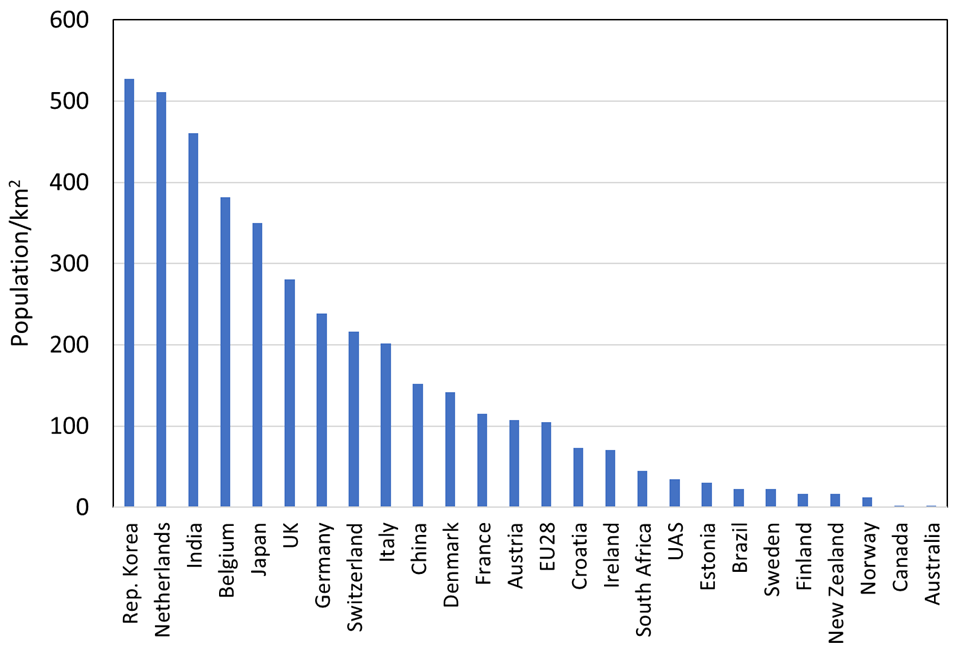In a paper recently published in the journal Energies, researchers reviewed current studies on the design and planning of district heating (DH) systems. They aimed to provide guidance on preliminary steps for nations with a low DH market share related to heating and cooling supply.

Study: Optimal Planning of Future District Heating Systems—A Review. Image Credit: LegART/Shutterstock.com
Background
Global decreases in greenhouse gas (GHG) emissions are necessary to meet goals set up by the Paris Climate Change Agreement. In order to reduce GHG emissions to the desired levels, it is crucial to sustainably provide heat supply. DH has been proven to be crucial in many nations' and regions' efforts to include sustainable energy sources and improve energy efficiency.
The fourth-generation district heating (4GDH) systems are anticipated to make the biggest contributions to future sustainable energy plans. The reduction of the operating temperature has been one of the main developments in DH. Since the initial definition of 4GDH, technologies in numerous sectors have undergone systematic development in order to implement the operation and design of the low-temperature DH (LTDH) concept. A high-quality heat atlas, which incorporates a geographic depiction of cooling and heating demand and possible supply, is a crucial requirement for DH planning.

A screenshot of the heat atlas for the Netherlands from the PETA4 mapping application. Image Credit: Jiang, M et al., Energies
DH Potential Identification
A complete heat atlas includes information on how heat demand is distributed, the heat sources that are available, and the best heat supply options for a given location. There is a significant gap between various heat atlases across different countries. The majority of nations still need to develop their corresponding heat atlases with thorough information on the demand and supply of heat.
The primary cost difference between central heat and local heat generation is what makes DH superior to local heat generation. The competitiveness involved in the DH system can be significantly reduced if the cost is too high in comparison to the cost advantage of heat generation. The economic comparison of individual supply methods and DH supply is required for the identification of future DH possibilities. A high-resolution and high-quality heat atlas is required for this comparison.
Heat Demand Predictions and Heat Integration
The forecast error resulting from the uncertainties of user behaviors for aggregated regional heat use is frequently smaller than for individual buildings because of the diversity in energy usage profiles from various customers. Variables, including the indoor temperature set point, which is associated with human behavior, are by their very nature stochastic inputs from the perspective of heat demand prediction from an individual building.
With the aid of HP, geothermal energy may be created anywhere for heating and cooling. Biomass offers important benefits over other sustainable resources. For one, biomass is dispatchable while the heat supply is not sporadic. However, since the availability of biomass differs dramatically from region to region, biomass-based DH is not a solution for many places. The use of solar energy in DH systems is a well-studied technology that continues to be of interest to researchers. A solar DH system can be classified as either centralized or distributed.
Future Designs
The primary focus of the DH topology design has been the optimization of the spatial arrangement of DH pipes. The minimum spanning tree (MST) problem can be solved by applying graph theory techniques to find the shortest DH path. Modern DH systems are defined by dispersed thermal unit heat sources. Thus, the optimal sizing and planning of thermal units and heat production facilities and thermal units is a crucial challenge for DH systems in the future.
To ensure that major infrastructure projects like DH benefit society in the long run, the system architecture should be optimized according to long-term planning. Due to the size of DH systems and the non-linearity of the optimization problem, existing numerical models mostly suffer from high processing costs.
A fifth-generation district heating and cooling (5GDHC) system is a bi-directional, decentralized system that employs chillers and local heat pumps to provide the district's cooling and heating requirements while operating at ground temperatures. Due to its ability to recover additional low-temperature sources of energy, reduce thermal losses caused by the minor temperature difference between the ground and the fluid, and offer both cooling and heating services, this system has received significant attention recently from the scientific community. If the synergy between power and the thermal grid provides a more efficient energy supply, this concept can potentially bring a new era to the energy supply industry.

Population density of IEA bioenergy member countries, data from FAOSTAT, 2018 data. Image Credit: Jiang, M et al., Energies
Conclusions
The study findings demonstrated the ideal planning and design of a productive and long-lasting DH system. The driving force behind the creation of a high-quality heat atlas is a precise estimate of district thermal demand, and the workhorse is the thorough mapping of sustainable heat sources.
The technologies for biomass, geothermal energy, and solar energy are proven to be mature for their direct application in DH systems, allowing for the introduction of renewable heat resources. Due to specific incentives for renewable resources, special attention should be devoted to minimizing the needless competition between DH systems and excess heat-based renewable heat sources.
Source
Jiang, M.; Rindt, C.; Smeulders, D.M.J., Optimal Planning of Future District Heating Systems—A Review, Energies 2022, 15, 7160. DOI: https://www.mdpi.com/1996-1073/15/19/7160
Disclaimer: The views expressed here are those of the author expressed in their private capacity and do not necessarily represent the views of AZoM.com Limited T/A AZoNetwork the owner and operator of this website. This disclaimer forms part of the Terms and conditions of use of this website.